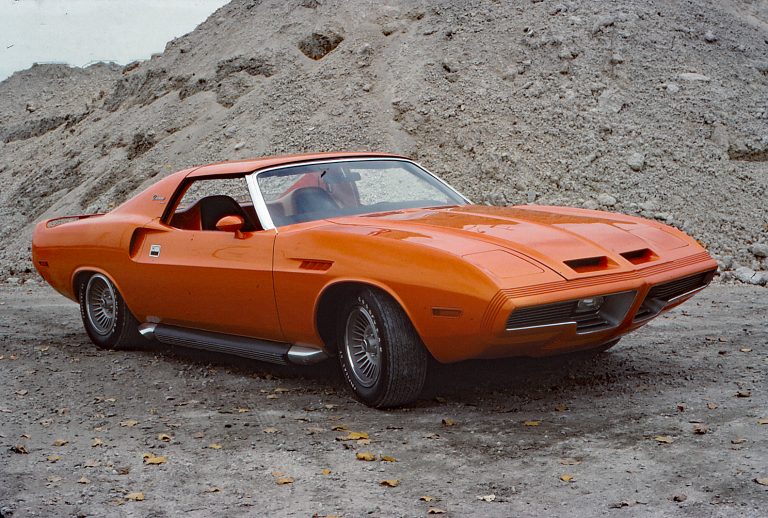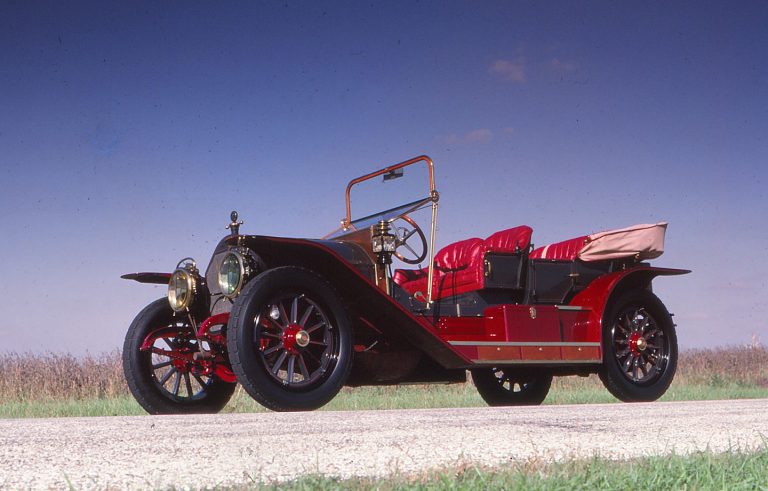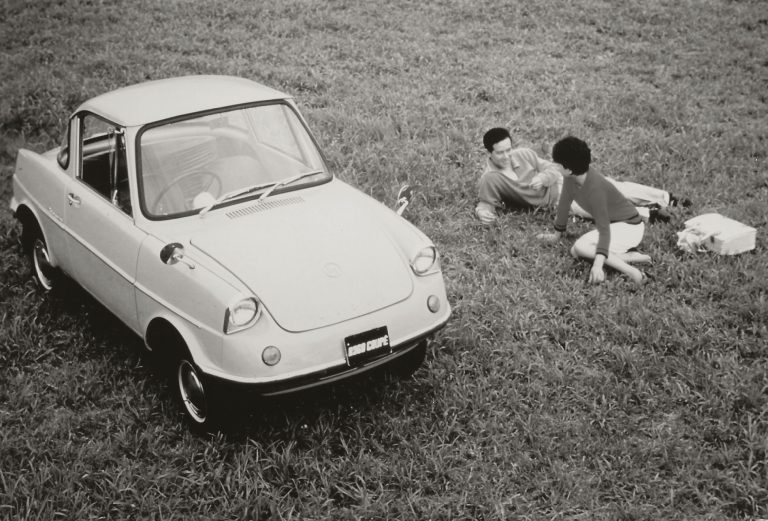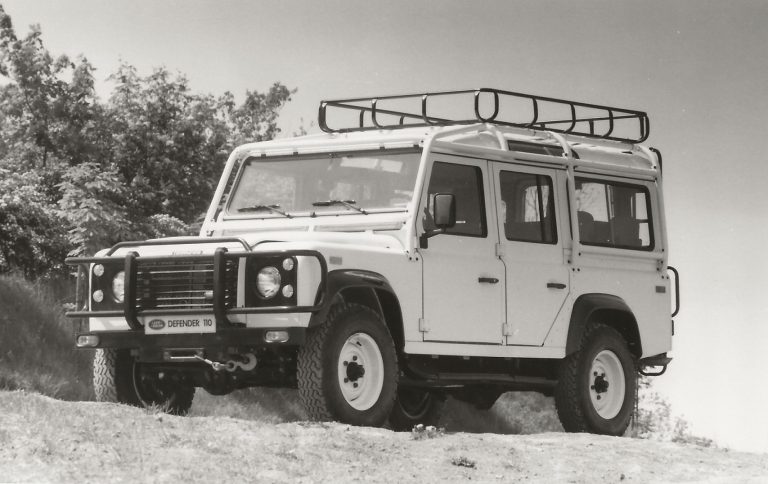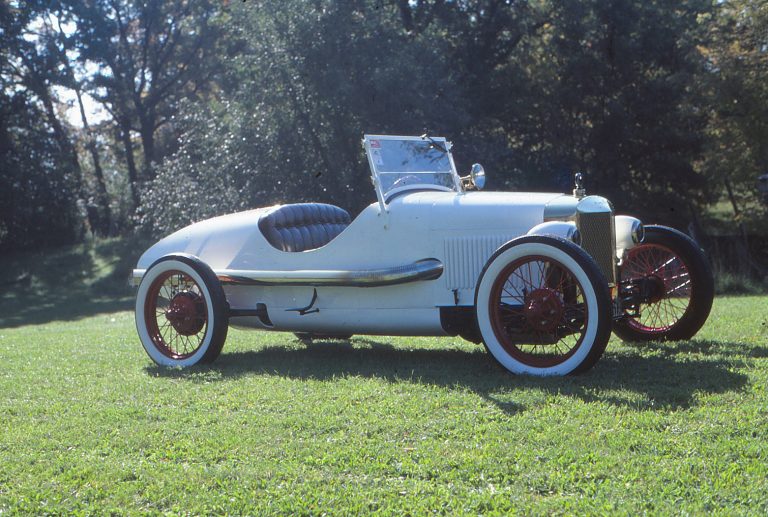Cars 1996 Contemporary review originally published in Road & Track Sports & GT 1996
We know, as you do, that the pony car concept is 30 years old. The layout, front engine with live rear axle, is primitive and has more technical shortcomings than D.C. Has lobbyists. GM’s small-block V-8 is – ready for this? – 40 years old.
The Pontiac Firebird is a relative newcomer by those standards, making its debut in 1967, the Trans Am version not arriving until 1969. But still, the Firebird Trans Am seems an ancient idea in a what-you-done-for-me-lately market that deems a three-year-old design old hat.
So what does Pontiac do to spruce up the Firebird but add a concept from the Sixties and revise the old name: Ram Air. The twin nostrils of the ‘96 edition of Ram Air resembled more than an enlarged version of the hood scoops of the 1996-‘67 GTO but these, available only on the Firebird Trans Am WS-6, add 30 hp to the 1995 LT1 V-8’s rating.
The extra ponies come not from theoretical ram supercharging or cooler ambient air but from improved induction. dual catalytic converters increase the base LT1’s output by 10 hp over last year’s 275 bhp, the new free-breathing Pontiac raises the bar to 305. The split scoop points air directly into a special low-restriction air filter and from there straight to the throttle body and intake plenum. The standard LT1, in contrast, sucks intake air through convoluted plumbing starting under the front bumper. The result is more willingness to rev and a powertrain control module modified to exploit it.
That’s good, but does Ram Air really ram air? Pontiac claims that at 80 mph there is enough supercharging effect to add as much as 15 bhp. Sounds good to us.
Ram Air is available only as a part of the WS-6 option package. (WS-6 is another cognomen from the past, this was a Trans Am suspension and brake package from the Seventies). Offered on either Firebird or Trans Am, WS-6 includes a suspension upgrade comprising a stiffer tubular front anti-roll bar, stiffer front springs, stiffer variable-rate rear springs, firmer Panhard-rod bushings and retuned shocks. Transmission mounts are tighter too, and for the first time, a Firebird gets 17-Iin. rims. Nine inches wide, the skinny-spoked alloys are wrapped with 275/40 ZR-17 Goodyear Eagle GS-C tires.
The wider tires keep the WS-6 wonderfully attached to the road, yet still don’t diminish the Firebird’s delightful tendency under hard throttle to kick out its rear wheels in turns, while the firmer suspension makes toss-adding-catch even easier. The short/long-arm front suspension keeps the front end securely glued, but there’s only so much that can be done with a live axle – because of the stutter bumps, for therein lies the axle dance.
The WS-6 option makes the Firebird eager as ever to get skittish on bumpy pavement. The crash, bang and rattle of yore is long gone, but a good independent rear axle easily outperforms – and out costs – the Firebirds live unit. On smooth roads, however, the Firebird comfortably rolls up the miles, the arch typical pony car brought into the Nineties.
The WS-6 packages available with either the standard Borg-Warner T-56 six-speed manual – and skip-shift 1st-to-4th gear changes moderated for ’96 – or GM’s 4L60-E 4-speed automatic. Either way the extra 30 horses will lop a couple of tenths from the’ 95’s ¼-mile time. That alone probably wouldn’t be noticed by anyone not holding a stopwatch, though small-block regulars will likely notice this V-8’s greater willingness to rev. Still, there is a horsepower war on, and he who comes to battle without the biggest gun will go home on a stretcher. More power? Sure, sign us up.
We’d choose the manual gearbox, though. The linkage is smooth and positive, and despite the increased potential for selecting the wrong gear – more slots to choose – mistakes were rare once we got a feel for the transmission.
With the WS-6 come the four-wheel vented disc brakes standard on all upper-level Firebirds. Not only do they have ABS – as to even the disk/drum-equipped base models – but they can endure all but racetrack use without feeding. They’ll do typical road use without even waking up.
Inside, the traditional pony car theme continues. Different buckets are comfortable but low to the floor, well-bolstered but snug for wider occupants only. The dual catalysts haven’t eliminated the obnoxious bulge in the front passenger’s foot wells; GM deemed it too expensive to retool the floorplan. Backseat inhabitants will get a dose of déjà vu too; all the way back to the womb in fact, a result of the fetal position the seats demand.
If the windshield were any more steeply raked it’d have to be called a moonroof – and how do you reach the lower edge to clean the inside? The dash is almost as expansive as the Lumina APV’s. The top of the windscreen is low as well, yielding a driver’s view of the road as if from a high-speed bunker. The high cowl and the you-can’t-see-it nose makes parking and tight maneuvering difficult. At least rotary dials for the radio and heater and ventilation controls are back-to-basics easy to use, the thumb controls on the steering wheel for audio are handy once you remember to use them.
You don’t have to get the Trans Am to get the WS-6, as Pontiac will also serve up the performance package on the more conservatively styled Formula. It’s buyer’s choice between the flagrantly extroverted Trans Am’s styling or the more subdued curves of the Formula.
Maybe that has something to do with maturity. Maybe not. But age does have something to do with this car, and is not the age of the pieces or the concept or the names. It’s more about the driver, who isn’t so old as to demand practicality and comfort and economy, because while those may be rationed in a WS-6-equipped Firebird, fun isn’t. And fun is where this all started in the first place.
Photos with the original article were by Jim Frenak.
For the record, the list price for the Firebird was $21,414; price as tested, adding among other features the 305-hp V8 and WS-6 equipment, $27,658. Performance data from Road & Track testing, 0-60 in 5.8 seconds, 0-100 mile-per-hour 14.6 seconds; quarter-mile, 14.4 seconds at 97.6 mph; lateral acceleration (200-foot skidpad) 0.83g; fuel economy, normal driving, EST 18.0 MPG; fuel economy (EPA city/Highway) 17/25 MPG




